Approximately 2.2 million people in the Central African Republic (CAR)—or one in three—are currently experiencing “high levels of acute food insecurity,” United Nations humanitarian agencies reported on Wednesday.
Among them, nearly 1.7 million people (27% of the population) are classified as being in Crisis level (IPC Phase 3), while more than 480,000 people (7%) are in Emergency level food insecurity (IPC Phase 4).
According to the latest Integrated Food Security Phase Classification (IPC) survey for the period April to August 2025, the number of people in Phase 3 (Crisis) has decreased slightly by around 76,000 people compared to the same period last year.
Meanwhile, the population in Phase 4 (Emergency) has increased slightly, rising from 430,000 to 480,000 people.
Insecurity, Low Agricultural Production, and Economic Shocks
Despite this slight improvement in food security, 80 out of 85 zones analyzed are still classified as Crisis level (IPC Phase 3). This highlights a still worrying situation, mainly due to irregular rainfall, insecurity during the farming season, limited access to seeds, crop infestations, and rising prices of staple foods.
The report also highlights the impact of conflicts in Sudan and South Sudan, which have caused significant population displacements. According to UN humanitarian agencies, over 440,000 people remain displaced, with limited access to livelihoods.
Beyond conflict and insecurity, low agricultural production and economic shocks continue to worsen the food situation. Agricultural yields remain weak due to insecurity and erratic rainfall in several areas.
” The Korsi refugee camp in Birao, northern Central African Republic, hosts around 18,000 refugees and returnees who fled the conflict in Sudan. “
Improvement Expected from September
According to the findings of the 2024 agro-pastoral season assessment, yields are declining due to limited access to inputs. In addition, the prices of staple foods remain high, while purchasing power is weak. Fuel prices are the highest in the region.
Looking ahead to the projected analysis period (September 2025 to March 2026), food security conditions are expected to improve, with about 1.83 million people (28% of the analyzed population) projected to be in IPC Phase 3 or above (down from 34% in the current period).
This includes 287,000 people in Phase 4 and 1.54 million in Phase 3. The outlook is based on forecasts of adequate rainfall, expected to have a positive impact on food crop and livestock production.
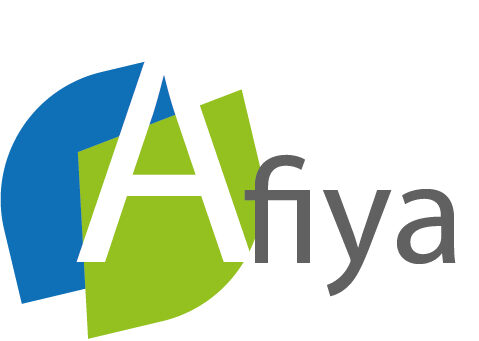

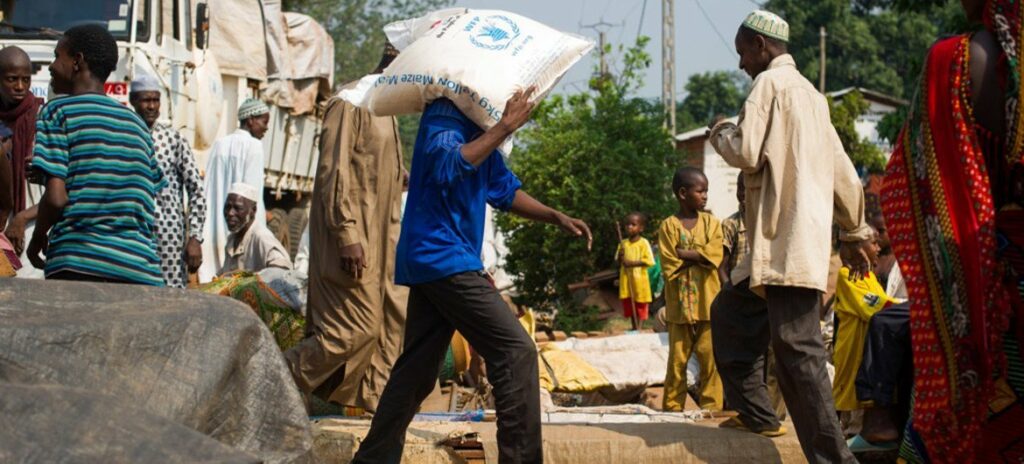
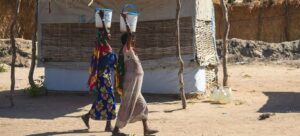
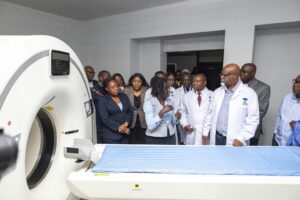
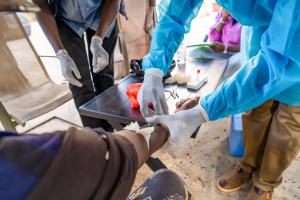
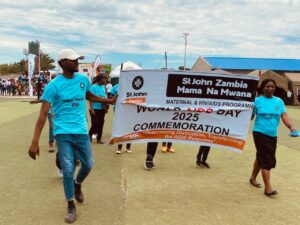
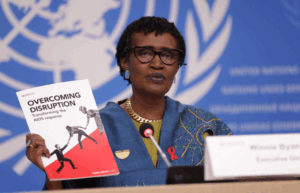
OTHER ARTICLES
Zambia : Health Sector Progress Update
Rift Valley Fever in Senegal: On the Frontline to Protect Communities
Zambia : commemorates world AIDS day